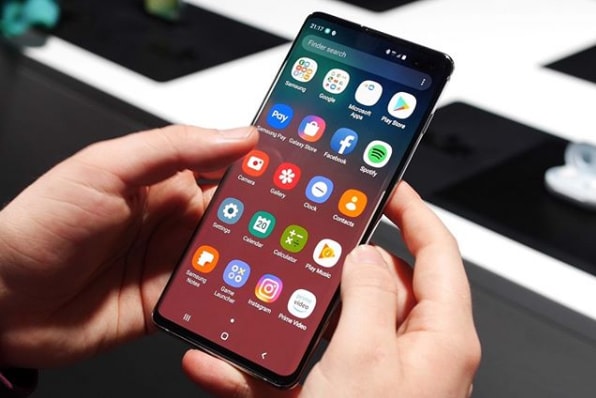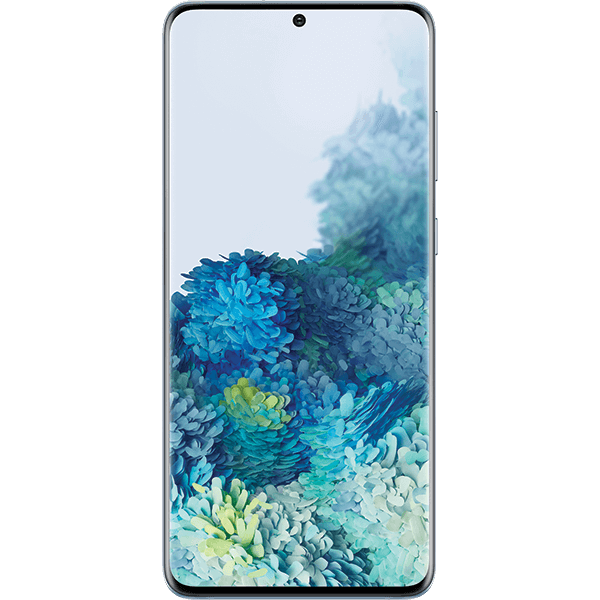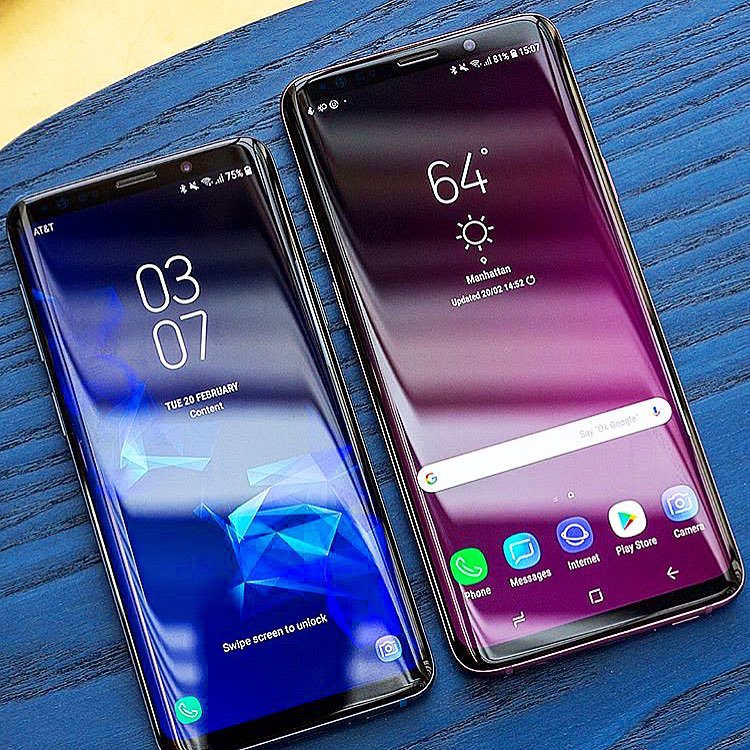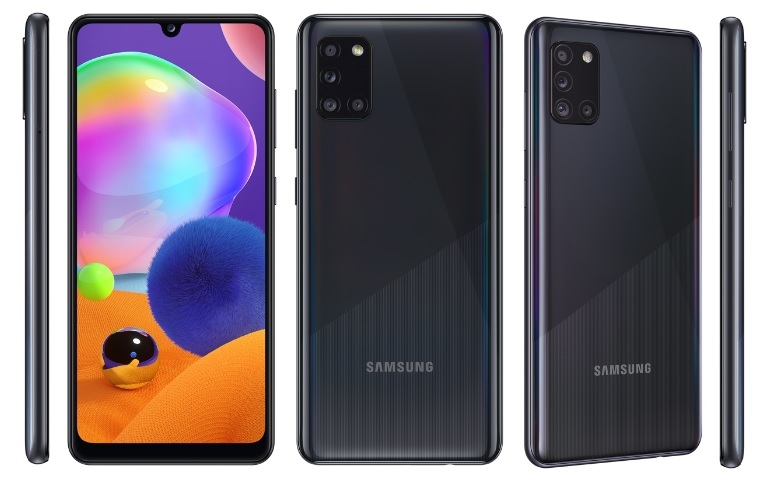The Samsung Galaxy S10 is a line of Android smartphones manufactured and developed by Samsung Electronics. It was Unveiled during a press event on February 20, 2019, they are scheduled to be begin shipping on March 8, 2019. The Samsung Galaxy S10 release date will be on Friday, March 8, which is one week earlier than last year’s samsung galaxy phone. It was officially announced on February 20.
The Galaxy S10 prices are $899 / £799 / AU$1,349 / AED 3,199, meaning you’re going to be spending an additional $180 / £60 / AED 100 on this smartphone over the S9 launch price. If you like the look of this smartphone but think that price is a tad high, you have two options: you can go for the cheaper Samsung Galaxy S10e, which starts at $749 / £669 / AU$1,199 / AED 2,699.
Differentiated primarily by screen size and an additional front camera on the S10+. In addition, Samsung also unveiled a smaller model known as the Galaxy S10e, as well as a larger, 5G-compatible version, the Galaxy S10 5G. The Samsung Galaxy S10 comprises of four models with various hardware specifications; the main Galaxy S10 and Galaxy S10+ respectively has a 6.1 and 6.4-inch 1440p “Dynamic AMOLED” displays with HDR10+ support and “dynamic tone mapping” technology.
The Smartphone displays have curved sides that slope over the horizontal edges of the smartphone device. Unlike its predecessors, their front cameras occupy a rounded cut-out near the top-right of the display, and both models utilize an ultrasonic in-screen fingerprint reader. International models of the S10 utilize the Exynos 9820 system-on-chip, while American models utilize the Qualcomm Snapdragon 855. The two devices are sold with either 128 or 512 GB of internal flash memory storage.
The Samsung Galaxy S10 features a multi-lens rear-facing camera setup; it still has the dual-aperture 12-megapixel and 12-megapixel telephoto lenses of the previous Samsung Galaxy S9+, but also adds a 16-megapixel ultra-wide-angle lens. The front camera on the Galaxy S10+ is accompanied by a second RGB depth sensor. The cameras also support 4K video recording and HDR10+.
How To Screen Mirror Samsung Galaxy S10 / S10+ / S10e:
That photograph you took is stunning, but you know what would make it look even more amazing? Projecting it onto a big screen. With Smart View, you can wirelessly connect a compatible Samsung device to a Samsung Smart TV or a Chromecast device. Beam photos, videos, presentations, and games on a large screen to make them look bigger and better.
Note: Available screens and settings may vary by wireless service provider, software version, and device model.
Connect to your TV with Smart View:
Make a big statement by projecting photos or videos from your phone or tablet onto your TV. You can also do the opposite and stream your TV to your phone’s or tablet’s screen!
Open the Quick Settings panel by swiping down from the top of the screen using two fingers. Then swipe to and tap the Smart View icon.
Tap your TV from the list of Available devices. Depending on the TV, you may need to enter a PIN or allow access to complete the connection.
Your phone’s or tablet’s screen will now appear on the TV. If you want to stream the TV’s screen to your phone or tablet, and the TV supports it, tap Other device → Phone. To switch back, tap Phone → Other device.
Smart View screen with a Samsung TV listed:
When you are done using Smart View, tap the Smart View icon on your phone, and then tap Disconnect.
Important: Make sure your TV is turned on and connected to the same Wi-Fi network as your phone. Some TVs may require you to switch inputs or turn on screen mirroring.
Project your Windows 10 PC to a TV:
You can also mirror your Windows 10 PC’s screen to a TV even if you don’t have the Smart View app installed on it.
On your PC, press Windows + K simultaneously to open the screen mirroring menu. Or you can click the Action Center icon on the far right of the task bar. It looks like a chat bubble. Then, click Connect to open the screen mirror menu. Select your TV from the list of available devices, and then review the on-screen instructions. Once connected, your PC’s screen will appear on the TV.
Access Smart View with SmartThings:
You can mirror your phone’s or tablet’s display to a TV using the SmartThings app as well.
Using your phone or tablet, open the SmartThings app, and select the TV you would like to mirror to. Make sure the TV is turned on and connected to your SmartThings account.
In the TV’s setting page, tap More options (the three vertical dots), and then tap Mirror screen (Smart View). If needed, give your TV permission to access your device. Once that’s done, your device’s screen will appear on the TV.
Note: This feature may not be available on the PC version of SmartThings.
Screen mirror using a DeX cable or HDMI cable:
If you can’t connect your phone or tablet to a TV wirelessly, you can still screen mirror using a DeX cable or a USB-C to HDMI cable. Just connect the cable to your TV. On some models, it may start screen mirroring automatically. Other times, you may need to swipe down from the top of your device’s screen to open the Notification panel. Then, tap on the Samsung DeX notification that says “Tap here to switch to screen mirroring.” Now select the correct source on your TV and whatever is displayed on your phone will appear on the TV.
Cast your device’s media:
Another option that is similar to screen mirroring is casting, although there are some key differences. Casting usually only works with videos or movies, and does not display exactly what’s on your screen the way screen mirroring does.
With casting, you can control the video on your phone or tablet, but you can also close the app and do other things without interrupting the video. Certain apps like Netflix or YouTube let you cast videos from your device directly to a big screen – there’s usually a casting icon you can tap. Even if you don’t have a smart TV, you can use third-party casting devices like Chromecast or Amazon Firestick to cast videos, photos, and other media.
Use the Smart View app:
Besides the Smart View feature that’s integrated into Galaxy phones and tablets, there’s also a Smart View app. However, the app has a different purpose.
It’s basically a hub for your entertainment. It lets you cast different apps and streaming services, such as Hulu or Netflix, onto a TV using your phone or tablet. You can also search for movies or shows to cast on the TV.
To use this app, first download Smart View from the Play Store. Power on your TV, and then open the Smart View app on your phone or tablet. Select your desired TV from the list of available devices. The App menu will appear. Select an app, such as Netflix or YouTube, to launch it on the TV. Remember, you can also search for movies and shows.
Note: The TV and device must be connected to the same network.
Tips for mirroring with Smart View:
Here are some tips if you’re having trouble mirroring your phone:
If your phone or tablet will not display, it may need permission from the TV. Restart your device and TV, and then try connecting again. Make sure to select Allow when it displays on the TV.
On a Samsung TV, you can bypass allowing permission for your device to access your TV. From Settings, on your TV, navigate to General, and then External Device Manager. Navigate to Device Connect Manager, and then select Access Notification. Set this to Off to automatically connect with the device when using Smart View. From the Device Connect Manager screen, you can also select Device List to manage the devices connected to your TV.
If your screen keeps turning off, change the screen timeout settings. From Settings, search for and select Screen timeout. From there, adjust the settings so your phone or tablet stays on for longer.
If the Smart View menu is minimized, tap the Smart View icon on your phone or tablet. The Smart View Control menu is only displayed on your connected device.
If the device’s image looks small on your screen, you can make it a little bigger by changing the aspect ratio. On your phone or tablet, tap the Smart View icon, and then tap More options (the three vertical dots). Tap Settings, and then tap Phone aspect ratio. From there you can choose your desired aspect ratio. Most TVs will look best with a 16:9 aspect ratio.
Experiencing difficulties with your Android Device, check out our “How To” page on how to resolve some of these issues.
Other Android Technical Reviews:- Android






